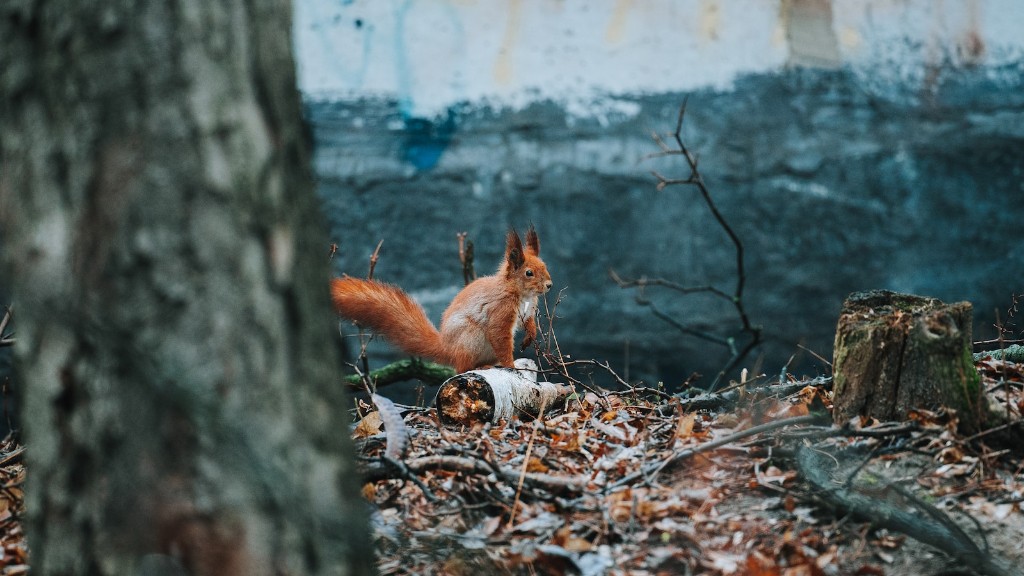It is possible to grow a lemon tree from a cutting, however, there are several things to consider before attempting this feat. Firstly, lemon tree cuttings need ideal growing conditions, such as ample light and soil, for them to thrive. If the environment is not suitable, the cutting may end up struggling or dying. Secondly, the cutting should be propagated from a healthy, mature lemon tree, as disease or virus-infected cuttings will likely result in an unhealthy tree. Thirdly, the cutting should be taken and planted during the right season. When the cutting is placed in moist soil, it should not dry out until strong new roots emerge. Fourthly, when preparing the soil and pot, one should ensure that it is well-draining to prevent retention of water. Fifthly, the potting mixture should contain the appropriate balance of organic matter, aeration, and drainage.
Where to Get Lemon Tree Cuttings
For those looking to grow their own lemon tree from a cutting, it is important to understand where to get lemon tree cuttings. The best way to obtain cuttings is from a healthy, mildew-free and well-established lemon tree. Nurseries and garden centers are typically a great source of such cuttings, making it possible to obtain cuttings all year round. Alternatively, one can take the cutting from a friend’s or family’s lemon tree provided permission is granted and the tree is healthy. If this is not possible, then the cutting can be purchased online, though the cost may be higher due to shipping.
Propagating Lemon Tree Cuttings
When looking to propagate lemon tree cuttings, it is important to ensure that the cutting chosen is healthy and infection-free; otherwise, the cuttings may simply die. The cutting should have several 5”-7”-long branches with 1-3 leaves that are totally free from any visible diseases. After obtaining the cutting, the next step is to dip the lower portion of the cutting in rooting hormone, this will increase the chances of the cutting developing a strong root structure. After this is done, the cutting should be placed in moist soil – either in a mix of sand, peat moss, and perlite or potting soil – in a pot or container where it can be kept in. Additionally, the container should not be located in direct sunlight or wind, as intense sunlight and wind can prevent the cutting from establishing healthy roots.
Water & Fertiliser Requirements
For newly established lemon tree cuttings, they should be watered regularly, with the soil checked each day to ensure proper moisture levels are maintained. Additionally, to ensure the best results, the water should be lukewarm, as this will help to encourage root growth. The cuttings should also be fertilised with a balanced fertiliser blended for flowering and evergreen shrubs. If fertiliser is applied in the wrong amounts, then the roots may become damaged, preventing the lemon tree from establishing new roots and surviving.
Transplanting Lemon Tree Cuttings
Once the cuttings have had a chance to establish roots and grown in size, it is time to transplant them into a larger pot. The pot should have ample space for the roots to spread out and be filled with a quality, well-draining soil. After the pot is filled, the newly transplanted cutting should be watered so that the soil is damp but not soggy. The soil should also be monitored to prevent drying out or becoming excessively wet. Once the soil is established, it is important to supply the cutting with adequate amounts of light, either through natural or artificial sources, to ensure optimum growth. It is also important to ensure that humidity levels are maintained and that the cutting is not exposed to any extreme temperatures.
Caring For A Lemon Tree
Once the lemon tree has been successfully propagated, it still requires further care for it to remain healthy and bear fruit. The tree should be checked regularly for pests and diseases and treated accordingly. If necessary, pruning can be done to encourage bushier, more productive growth. If the tree becomes too tall, roots can be pruned to enable it to be managed more easily. Additionally, fertiliser should be applied twice per year and any dead leaves removed to encourage new growth in the future.
Potting & Re-Potting Lemon Trees
Adequate potting is important to ensure a healthy lemon tree. As such, when selecting a pot or container, it is important to ensure it is large enough to accommodate the tree’s root growth. The pot should also be far enough away from any walls, fences or windows to ensure there is ample airflow, as this will help to reduce the chances of fungal or bacterial diseases. As the tree grows, the roots will eventually outgrow its current pot and, as such, it will need to be re-potted. When re-potting, the roots will need to be carefully examined and trimmed if they are too long, as long and tangled roots would prevent the tree from taking up necessary water and nutrients from the soil.
Harvesting Lemons From Cutting Grown Trees
When a lemon tree has grown, and been successfully propagated from a cutting, it will eventually start producing fruit. Once the lemons are ripe, they can be harvested by gently plucking them off the tree or cutting them off with scissors. Special care should be taken when harvesting the lemons so that the tree is not damaged and can continue to bear fruit. Additionally, the lemon tree should be checked regularly for pests, diseases and nutrient deficiencies in order to ensure it remains healthy and productive.
Pest & Disease Control For Lemon Tree Cuttings
Given the delicate nature of a recently propagated cutting, it is important to keep an eye out for pests and diseases, as these can devastate a young plant if not controlled swiftly. Additionally, certain diseases can spread quickly between plants, so if one citrus tree is infected, it is important to check the other plants in the vicinity to ensure they are not affected as well. Tools and clothing used around the lemon tree should always be disinfected before being used elsewhere to prevent the spread of disease.


